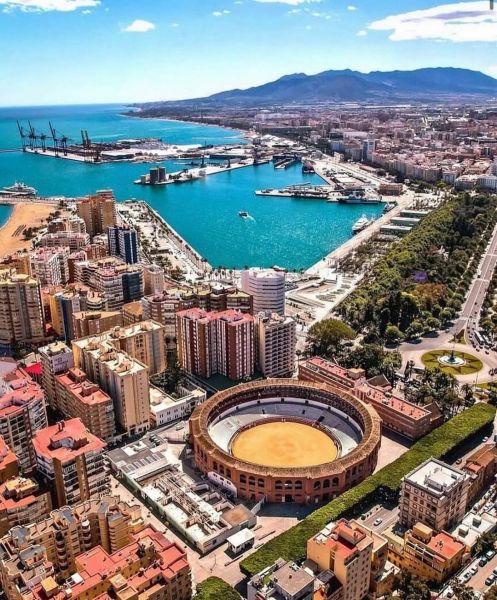Doñana National Park
Doñana National Park, beyond the lynx
Enter Doñana National Park and explore the immense natural treasure it hides. Marshes, shifting dunes and animal species that are unique in the world.
By land or by water: choose your adventure!
Doñana National Park is huge, covering almost 110,000 hectares of protected area. Travelling these distances across dunes and aquifers is no task for amateurs, so there are several alternatives for visiting the region. One of them is via the park's incomparable all-terrain vehicles. From the El Acebuche visitor centre, huge green vehicles will take you around the protected area, starting at Matalascañas beach. The itinerary includes a visit to the park's four ecosystems: dunes, marshes, reserves and vera. The other is a trip up the mouth of the Guadalquivir on the ship Real Fernando, which anchors near the old Sanlúcar de Barrameda iceworks and surrounds a large part of the Park. Both routes have excellent guides who will tell you all about the secrets of the park. You choose how you want to see Doñana. Or you can try both, it's up to you. Beach, moving dunes and corrals. Marvel at the curious adaptation of plant species to Doñana.
Although the marsh is the most widespread ecosystem in Doñana, the dune system is not to be outdone. Did you know that the dunes move? Thanks to the predominant south-westerly wind, known locally as the ‘foreño’, the sand on the ridges moves at an average speed of three to six metres a year. The highest dune, rising up to 35 metres above sea level, is called Cerro de los Ánsares. From here you can observe one of the many natural phenomena that occur in the park: the corrals. These are small pine forests that take advantage of the passage of the dunes to grow as the dune advances. When the dune swallows them completely, they leave in their wake the famous ‘fields of crosses’, which are the skeletons of old pines emerging from the sand. An even more curious fact. Do you know the tree that ‘surfs’ the dunes? The maritime juniper, to avoid the fate of its pine neighbours, rolls up its roots to stay afloat while the dune advances and untwists them when there is no danger. Curiosity:Look closely at the sand. The dunes are like a book explaining the movement of animal life in the region.
Dive into the marshes and be surprised by the variety of water birds.
Doñana is the largest wetland in Western Europe. At present, the park's marshes depend entirely on rain to flood them, being dry for half the year, which is why they are home to hundreds of species of waterfowl only when they are breeding and wintering. Get your camera ready, as you'll see pink flamingos, storks, grey herons, ibises, black-crowned night herons and many other species unique to the region. There are other native protagonists: the marsh horse, ready to live in the aquifers. In addition, in the reserves it is common to cross paths with large mammals such as deer and their siblings, fallow deer. If you're lucky, you might even spot a specimen of the famous Iberian lynx.
The village of La Plancha. Find out how the park staff lived.
Doñana has other surprises in store. On the banks of the River Guadalquivir, not far from Sanlúcar de Barrameda, lies the old hut village of La Plancha, once home to some of the families who worked for the Dukes of Medina Sidonia. In 1969 it was declared a National Park, and the inhabitants were allowed to keep their huts.
Spectacular sunrises and sunsets at El Rocío and Matalascañas. Sunbathe at the mouth of the Guadalquivir.
Sunrises and sunsets are a big attraction in this region. Being a flat area, they can be seen in all their splendour. In El Rocío, there is a beautiful sunrise. Just opposite the village, there is a marsh in which the whole landscape is reflected, and where you can easily see aquatic birds of all kinds. What's more, the place has a fantastic sunset on the other side, with the horses of the marsh in the background. If you're looking for good light to take photos in, you must head to Matalascañas and watch the sunset from its beach. The photo with the fishermen in the background is very authentic. If you're lucky, you'll be able to see flocks of birds flying in formation. One last visit to bear in mind: Sanlúcar de Barrameda is located just at the end of the Guadalquivir. It's a coastal town with a charming historic centre. The Plaza del Cabildo is a good place to stop for a break and a bite to eat. And if the heat is pressing, you can go for a swim at the mouth of the river.

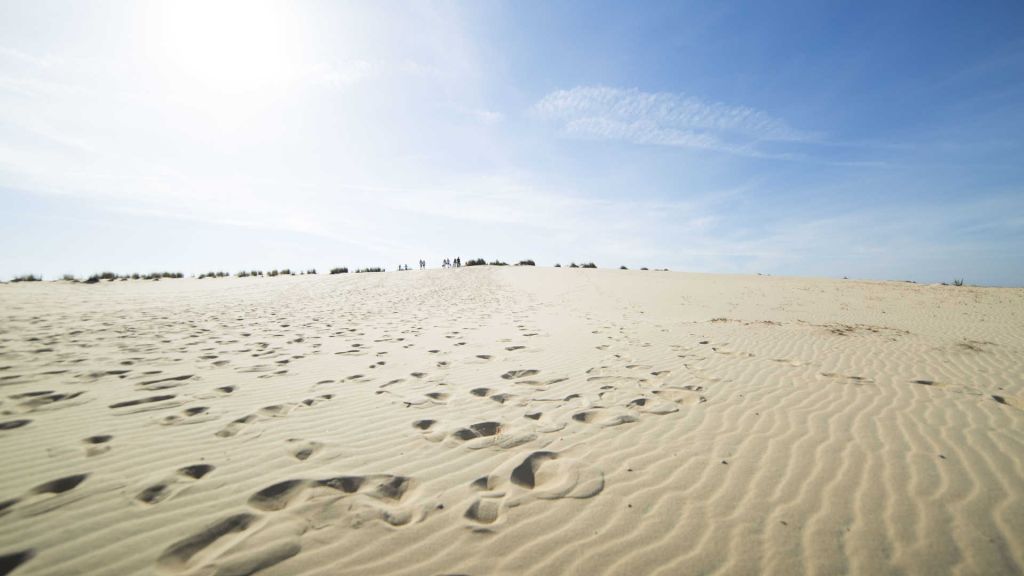
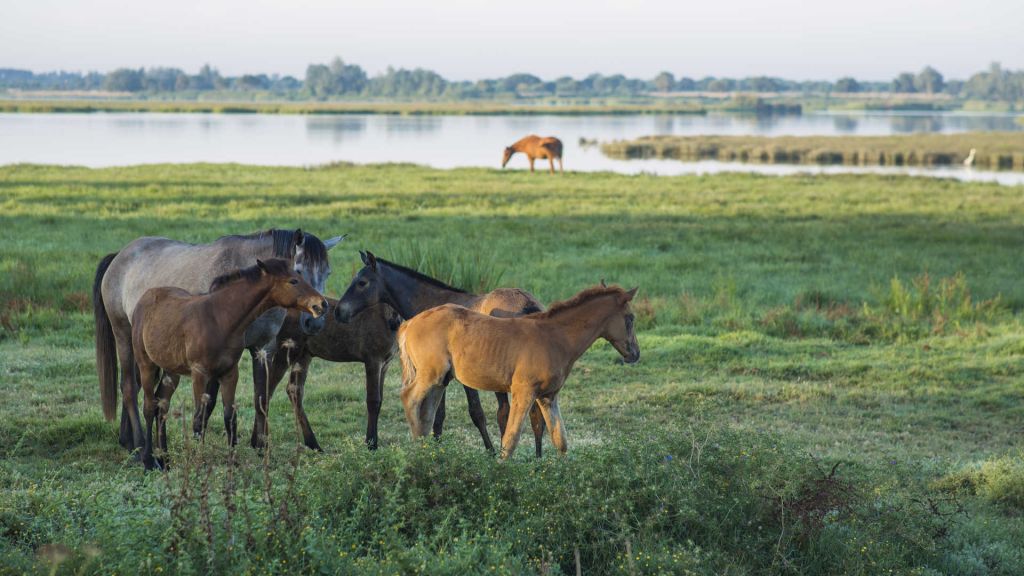
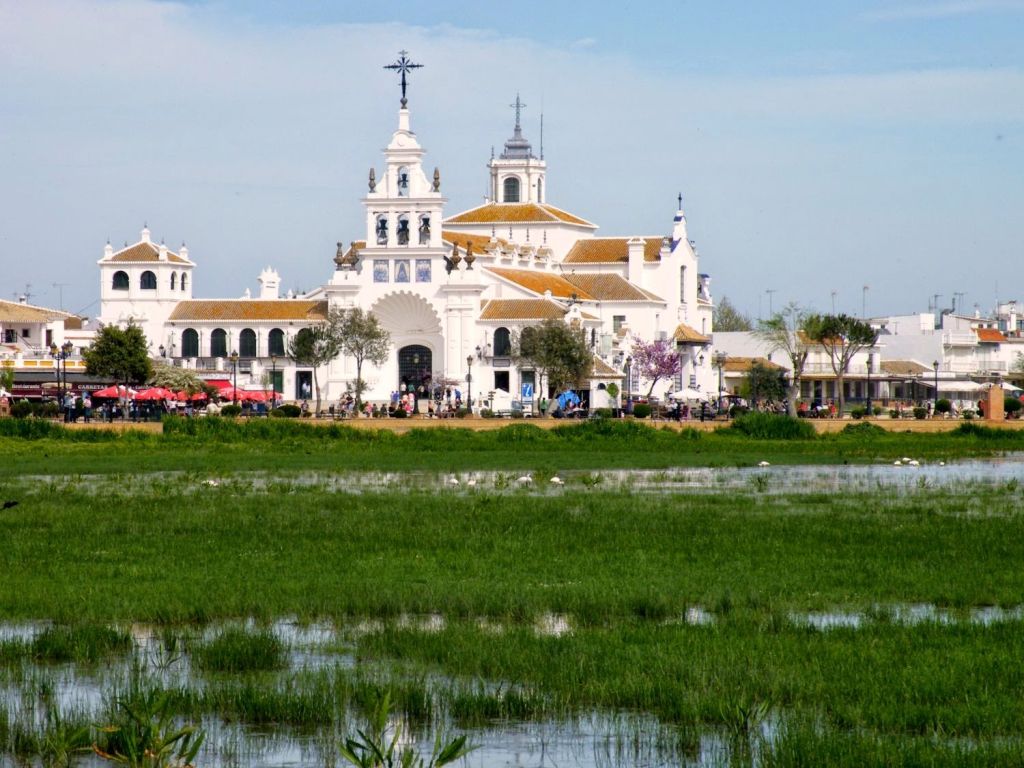
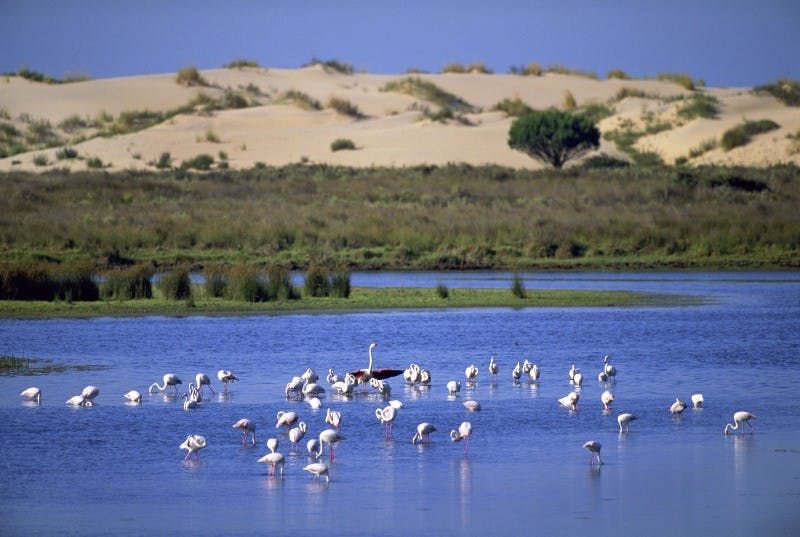
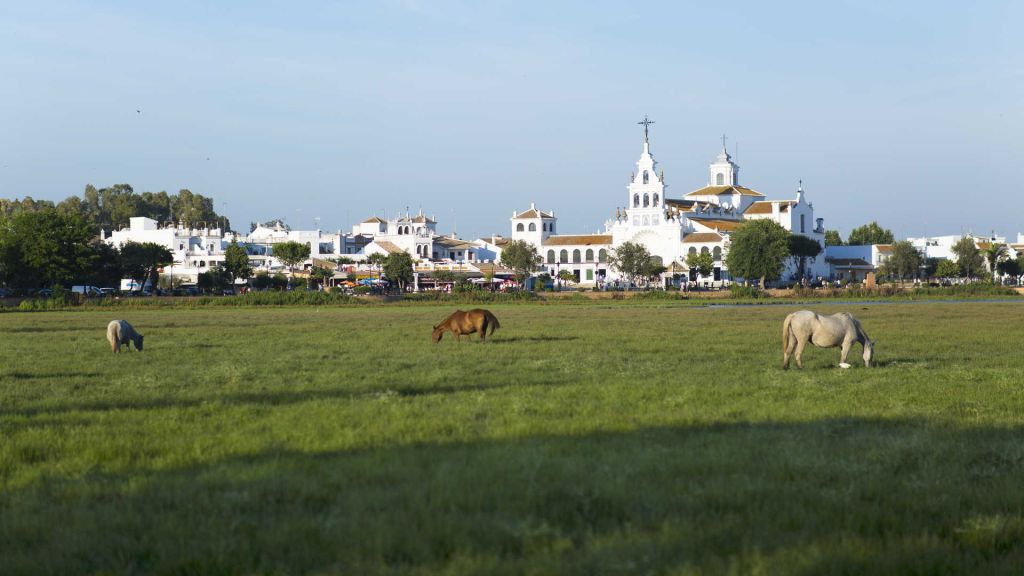

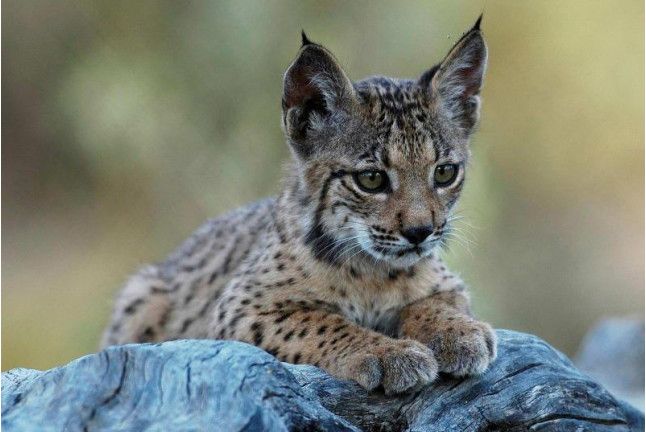
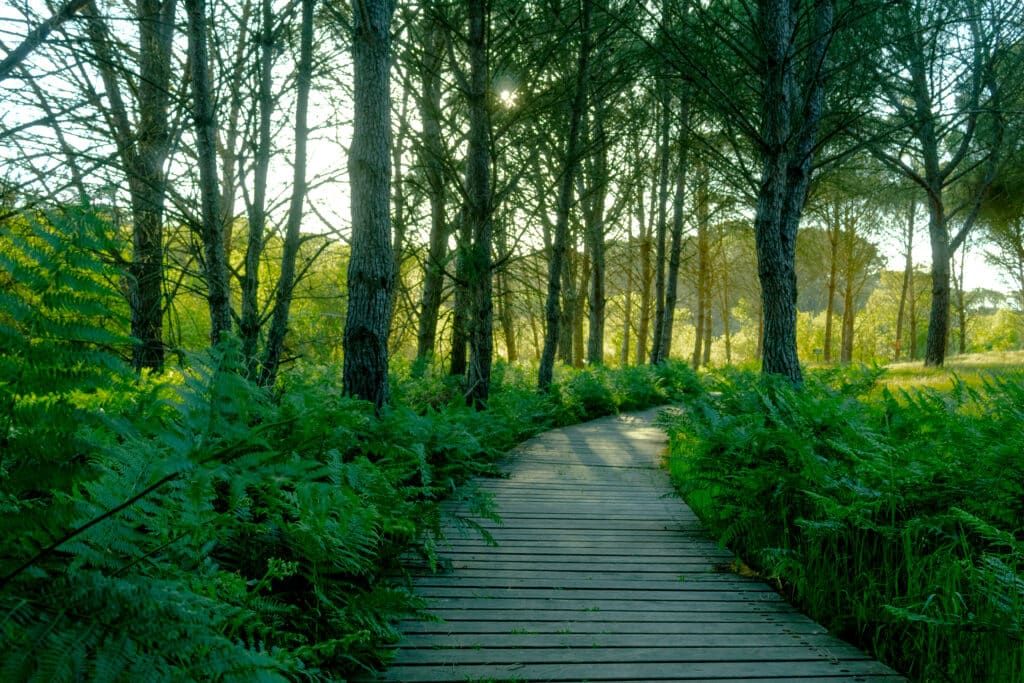

 Français
Français  Nederlands
Nederlands  Español
Español 


